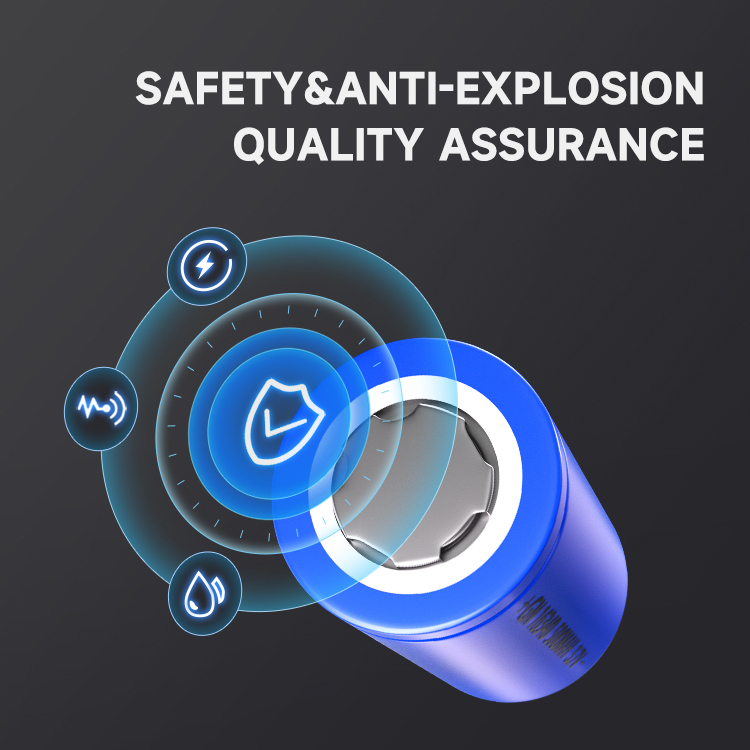

Recently, a research team led by Li Xianfeng and Zhang Huamin, researchers at the Energy Storage Technology Research Department of the Dalian Institute of Chemical Physics, Chinese Academy of Sciences, made new progress in the research of alkaline zinc-iron flow batteries. The relevant research results were published in Nature Communications. )superior.
Recently, a research team led by Li Xianfeng and Zhang Huamin, researchers at the Energy Storage Technology Research Department of the Dalian Institute of Chemical Physics, Chinese Academy of Sciences, made new progress in the research of alkaline zinc-iron flow batteries. The relevant research results were published in Nature Communications. superior.
Energy storage technology is the key core technology of distributed energy systems. In recent years, the alkaline zinc-iron flow battery energy storage technology developed by this research team has the characteristics of low cost, high safety, high open circuit voltage and environmental friendliness, and has good application prospects in the field of distributed energy storage.
Despite this, alkaline zinc-iron flow batteries are accompanied by problems with zinc dendrites and zinc accumulation during the charge and discharge cycles, which affects the reliability of the battery. Therefore, solving the problems of zinc dendrites and zinc accumulation and improving battery reliability are the keys to the practical use of alkaline zinc-iron flow batteries.
In order to solve the above problems, the research team introduced a negatively charged porous ion conductive membrane into an alkaline zinc-iron flow battery based on their deep understanding of ion conductive membranes (Chem.Soc.Rev.).
By utilizing the repulsive effect of negative charges on Zn(OH)42- ions in the ion-conducting membrane, the deposition direction of zinc changes from along the ion-conducting membrane to along the electrode side during the charging process of the alkaline zinc-iron flow battery, thus avoiding zinc dendrites. The crystals cause damage to the separator and greatly improve the cycle stability of the battery.
In addition, this design can significantly increase the areal capacity of zinc-based redox flow batteries, which to a certain extent solves the problem of limited areal capacity of the zinc negative electrode of traditional zinc-based redox flow batteries. The research results have important reference significance for the regulation of zinc anode in zinc-based batteries.

Popular recommendation
AG9 battery!Canadian scientists are developing quantum batteries that rely on quantum mechanics with
2023-10-08aaa battery!Share the detailed process and precautions of the lithium battery pack production proces
2023-10-08battery aaa alkaline!Exploring the causes and countermeasures of thermal runaway in lithium-ion batt
2023-10-08551235 lipo battery.Fujian Institute of Physics has made new progress in research on heterogeneous c
2023-10-09602535 polymer battery.Mater. Yu Jiaguo from Wuhan Institute of Technology. Today: Research progress
2023-10-08AG7 battery.What is the production process of 18650 lithium battery?
2023-10-121.2V NiMH battery.Special research on nickel-metal hydride battery separators
2023-10-09AG13 battery!Siemens sets up energy storage battery research center to cooperate with Tianmu Lake Re
2023-10-08LR754 battery!Analysis and research on voltage measurement methods of series battery packs
2023-10-08602030 lipo battery.Ni-MH battery management system based on CAN bus
2023-10-09aa battery!Ionity has built 101 ultra-fast charging piles with a power of 350 kilowatts
2023-10-08AG5 battery!Analyze the differences in R&D and design of power lithium-ion batteries and ordinar
2023-10-08